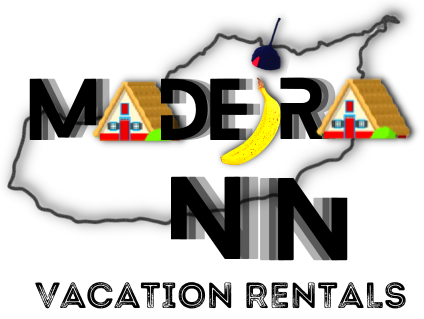Situated in a bay bathed by the Atlantic Ocean, on the south coast of the island of Madeira, Funchal is the capital of Madeira.
This town that dates back some 600 years, since 21st August 1508, owes its name to a sweet-smelling wild herb, the “Foeniculum Vulgare” traditionally known as fennel [funcho], which existed in abundance at the time of its settlement.
Funchal is the largest tourist, cultural and commercial center of the archipelago of Madeira. This city offers a wide range of leisure activities, from visits to museums, monuments and other landmarks, to walks in its beautiful gardens, walks along the Marina of Funchal , shopping and going out at night to bars and nightclubs.
In the form of an amphitheater, the Municipality of Funchal stretches along a hillside that goes from sea level to the Pico de Areeiro, at 1 818m altitude.
